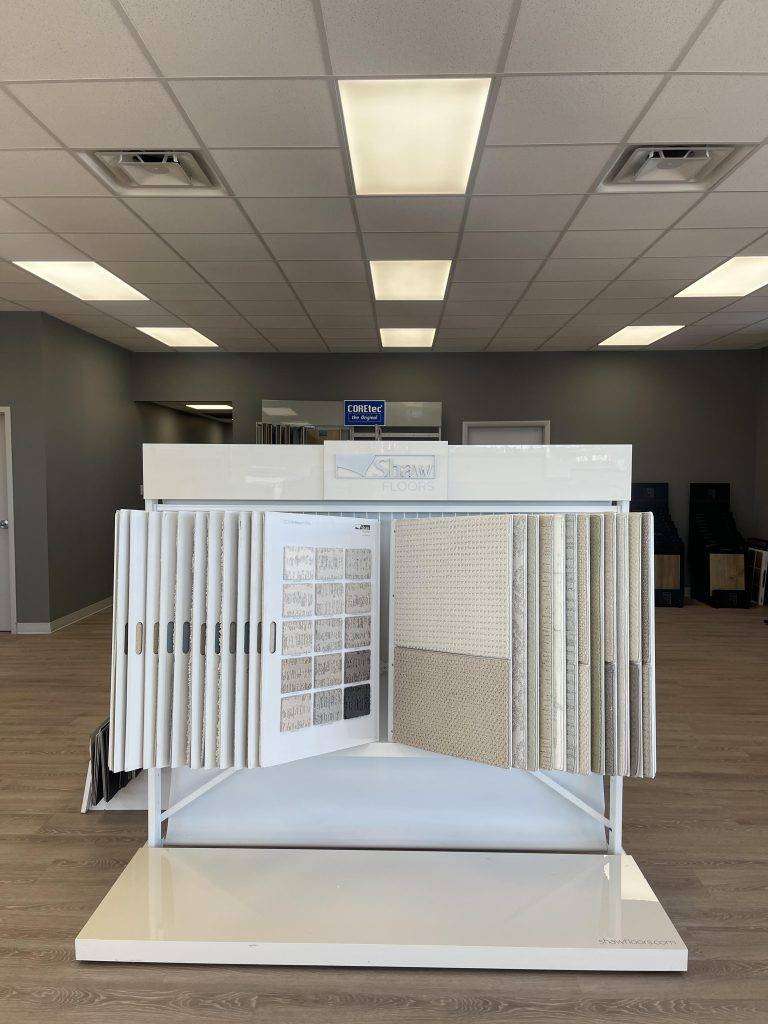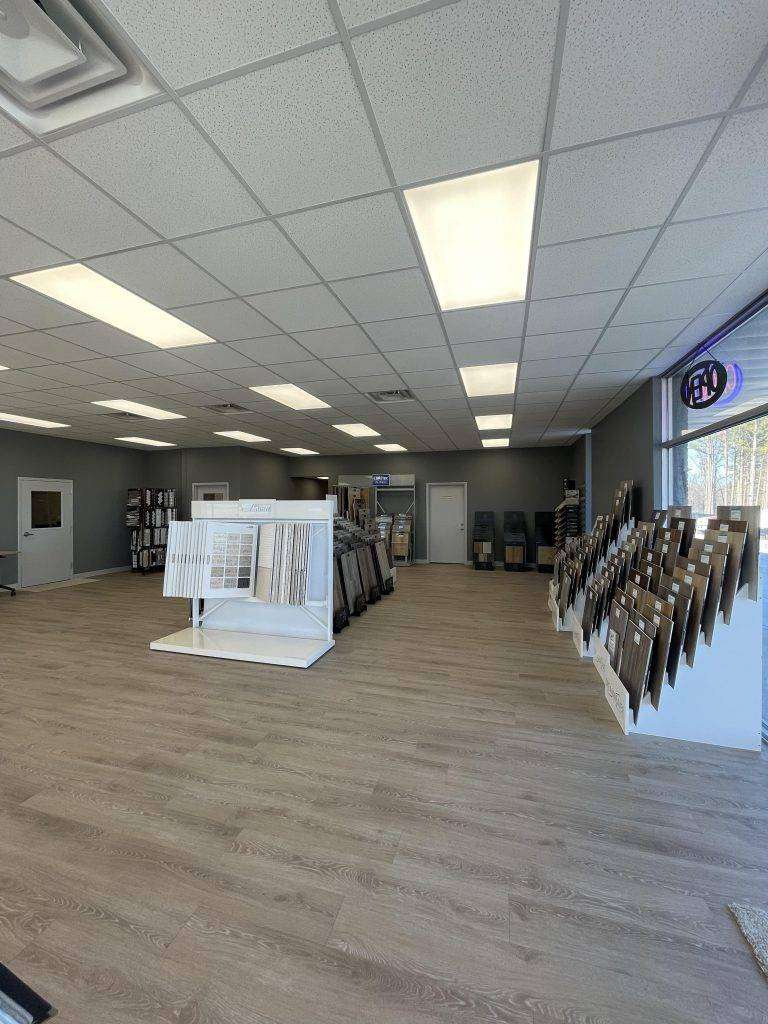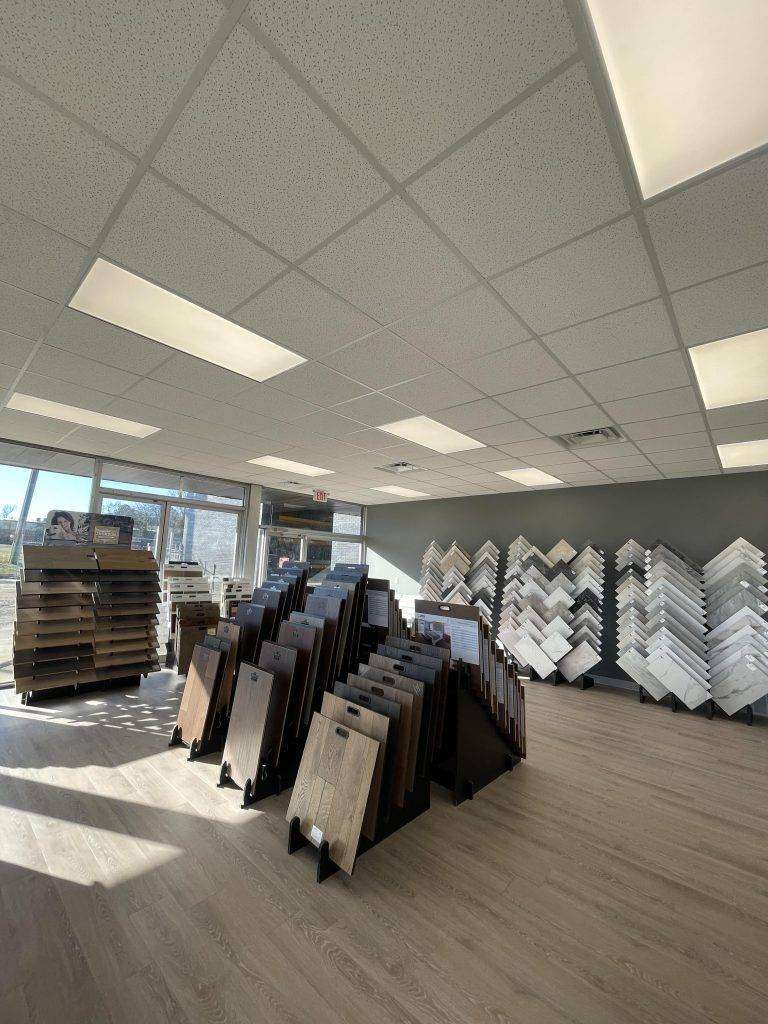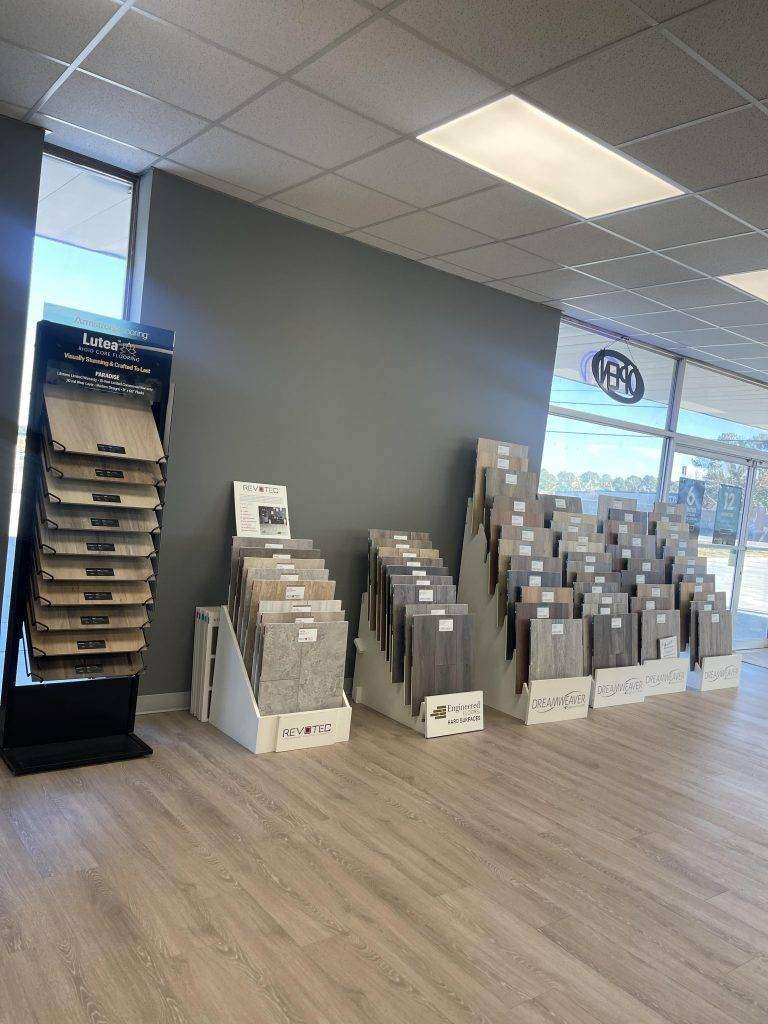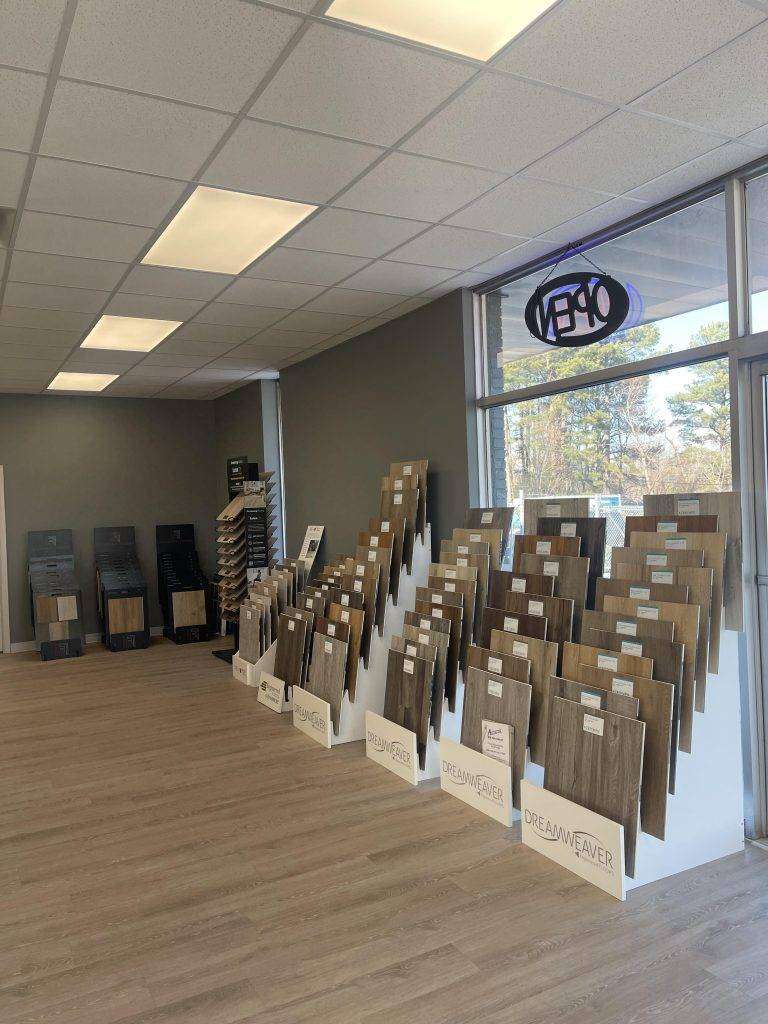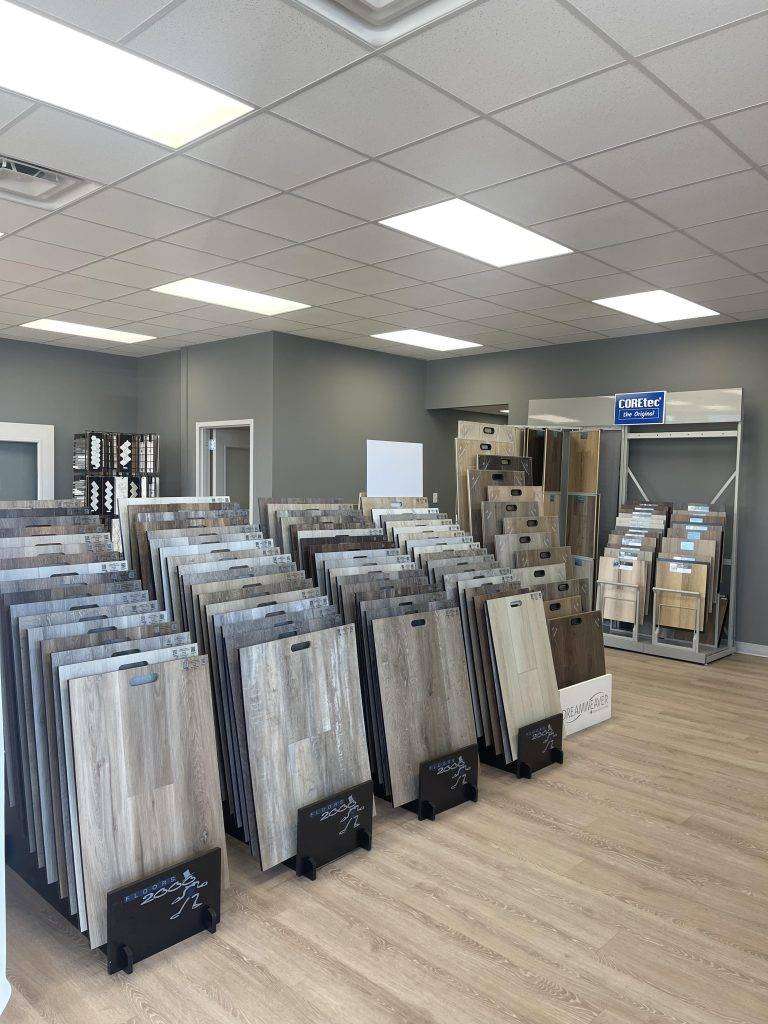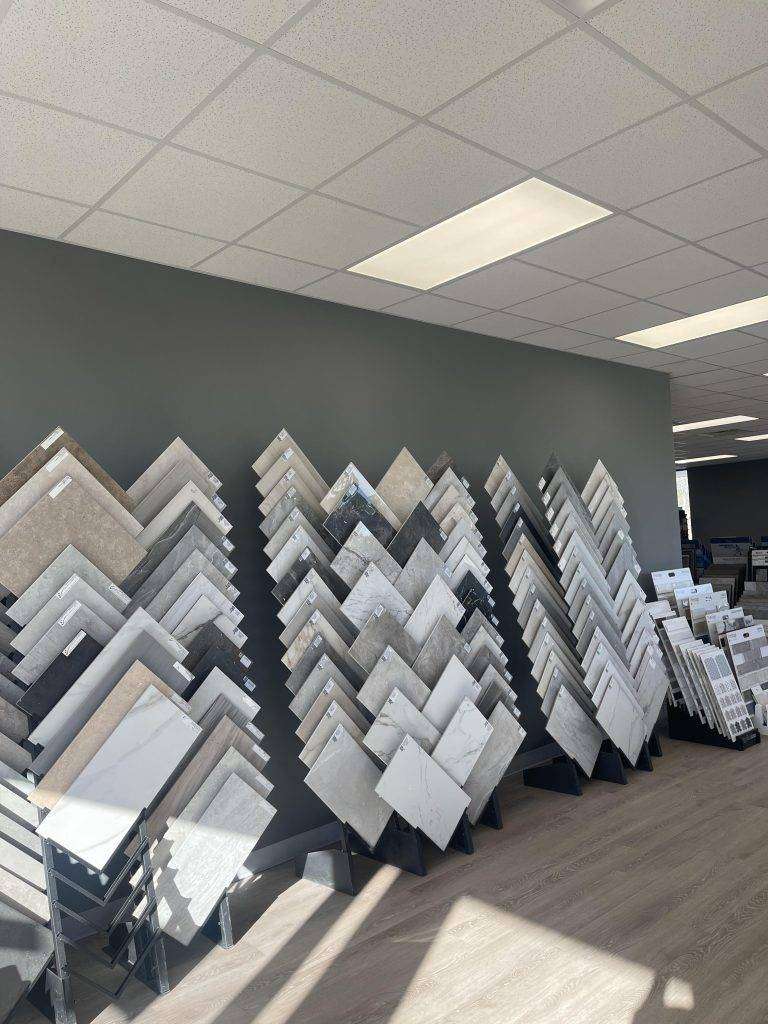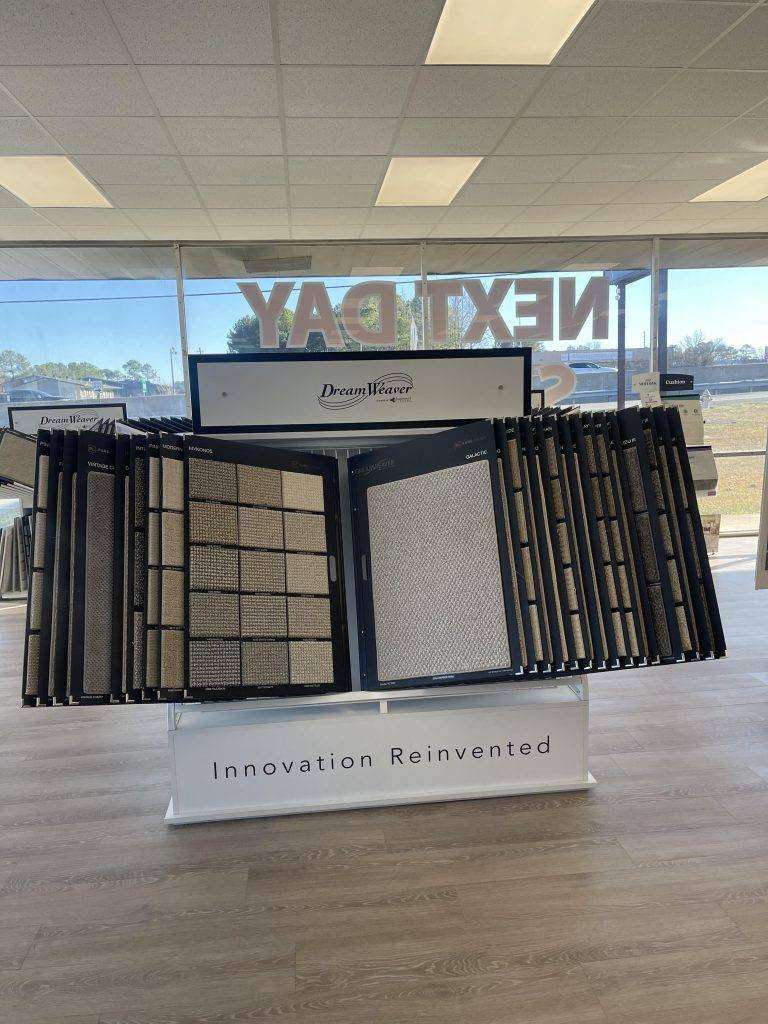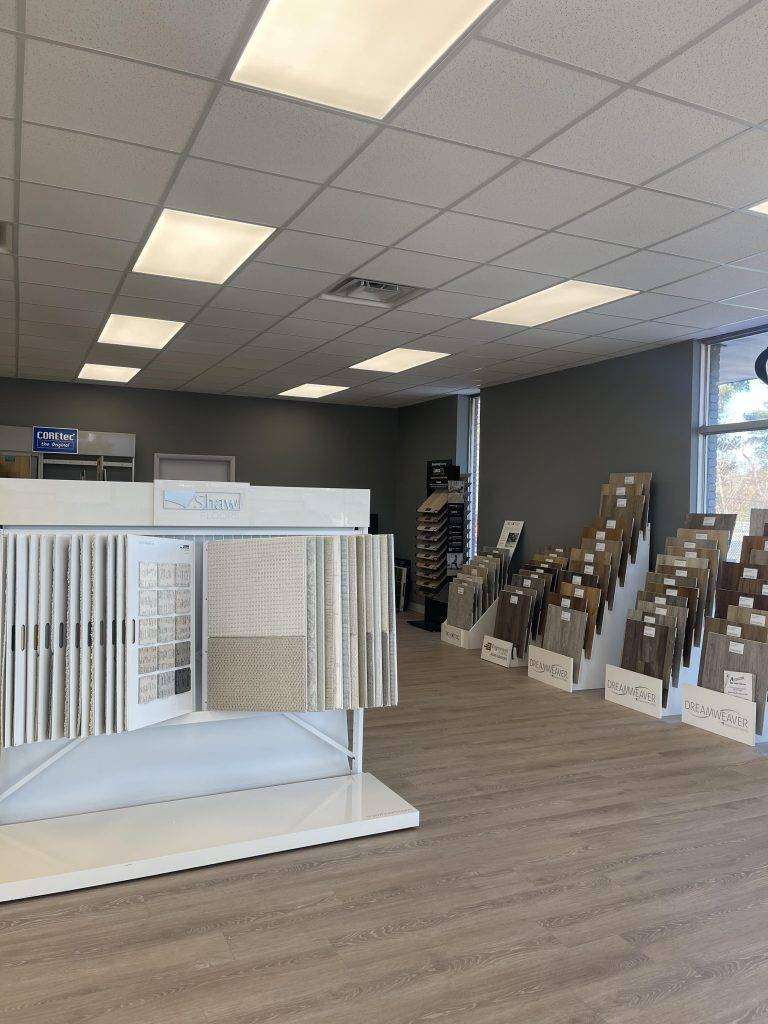Care & Maintenance
Care and Maintenance of Your Flooring
Keeping your floors maintained will keep them looking better for a longer period of time. By just following a few easy steps, your floors will look new for years to come. Contact Ron Pack Carpet experts today for help with all of your flooring needs!
Carpet Care and Maintenance
Taking Care of Your Carpet
Cleaning your carpet is easier than you think. All is takes is the right vacuum, cleaning products, and a little know-how. Here are a few tips on removing common stains the right way:
- Always treat the affected area immediately. The longer the spill sits there, the harder it’ll be to remove the stain.
- For a food spill, gently remove as much solid material as you can with a spoon, or a dull knife. Add water and blot, using detergent sparingly if needed. Then, using the highest suction function, vacuum back and forth, adding more water to the stain as you go until completely clean.
- If you need a spot removal solvent, use a product approved by The Carpet and Rug Institute of America. Apply several drops to a clean white cloth and blot the carpet in an inconspicuous area. If you notice a change in the carpet color, consult a professional carpet cleaner.
- If stains remain after cleaning, moisten tufts in the stained area with 3% hydrogen peroxide and let stand for one hour. Blot and repeat until completely clean.
Keeping Your Carpet Beautiful
Follow these simple tips to keep your carpet’s color and texture looking fresh.
- Vacuum your carpet regularly to prevent soil from embedding itself in the pile.
- Depending on the type of carpet you have, you’ll want to use a vacuum with a rotating brush, a beater bar, or suction only.
- Keeping traffic and other use factors in mind, consider professional cleaning every 12 to 18 months.
- Use scissors to clip sprouts and snags. Don’t pull on them—you might damage the carpet.
- If your carpet is burned, simply remove the tops of the dark, burnt fibers with curved fingernail scissors. If the burn is extensive, you may need to patch or replace it.
- Remove heavy furniture dents by stroking the dented area with the edge of a coin. You can also use a hair dryer or a steam iron, but be very careful not to touch the carpet with the iron.
- For extensive water damage, consult professional cleaners to dry your carpet from the front and back.
Tips for Vacuuming Soft Carpet
- Adjustable Height — Use the highest setting where appropriate.
- Efficient Airflow — Avoid vacuums with very concentrated or sealed suction.
- Large Wheels — A vacuum with large wheels is easier to move across soft carpeting.
WOOD FLOOR CARE
Basic Maintenance
RevWood
- Use a dust mop, soft bristle broom or a vacuum cleaner with suction only (no beater bar or with the beater bar disengaged) to remove dust, dirt and loose particulate on a regular basis. For slightly damp cleaning, spray Mohawk’s FloorCare Essentials SolidWood, TecWood & RevWood Cleaner onto a cotton, terrycloth, or microfiber mop. Avoid wet-mop cleaning with water or liquid cleaners.
- Use protective window coverings to block fade-causing UV rays and excessive heat from direct sunlight, and rearrange rugs and furniture periodically to help your floor age evenly. During inclement weather, avoid exposing your flooring to water as much as possible.
SolidWood and TecWood
- Vacuum or sweep your floor regularly with a soft-bristled attachment or broom, especially in high-traffic areas. This prevents gritty dirt and particle buildup that can scratch the wood’s surface. Don’t use vacuums with a beater bar or power rotary brush head.
- Use protective window coverings to block fade-causing UV rays and excessive heat from direct sunlight. Most wood types will gradually age when not covered, so it’s a good idea to rearrange rugs and furniture periodically to help it age evenly.
Tips for Preventing Damage
RevWood
- Carefully remove stubborn stains (like paint, oil, tar, or markers) with acetone-based fingernail polish remover.
- If one of your planks is beyond repair, use the Quick-Step UniFix® tool to remove and replace the damaged plank in minutes.
SolidWood, TecWood
- Keep pets’ nails trimmed and their paws clean. Pets can track in substances that cause scratching and stains.
- Use a humidifier during heating seasons to help reduce wood shrinkage and humidity between 35% and 55%.
All Wood Types
- Wipe up spills and spots immediately with a clean white cloth.
- Use ice to harden tough substances like wax or chewing gum, and then gently scrape with a plastic scraper or a credit card. Be careful not to scratch the surface and wipe the area clean with a soft, slightly damp cloth.
Extra Protection
Invest in high-quality floor mats and protective pads under heavy furniture for an extra layer of protection on your SolidWood, TecWood and RevWood floors. Place floor mats at entrances and exits—they collect and trap corrosive substances that can be tracked in, like dirt, sand, oil, grit, asphalt, or even driveway sealer. Placing mats in high-traffic areas—in front of vanities, kitchen sinks, and stoves—is an effective way to reduce wear.
What to Avoid
RevWood
- Wax, polish, oils, soaps, detergents, shine enhancers, or varnish shouldn’t be used on RevWood.
- Applying cleaner directly to the surface of the RevWood can cause staining—lightly spray it on a cleaning cloth or damp mop instead.
- Avoid cleaning machines like spray mops, steam cleaners or mops, or power cleaners.
- While RevWood Plus can be wet mopped, when it comes to RevWood, always avoid mopping with water and dry up any water spills immediately.
SolidWood, TecWood
- Avoid walking on your SolidWood and TecWood floors with spiked or damage-heeled shoes.
- Resist wet-mop, damp-mop, or cleaning your SolidWood and TecWood with water or other liquids.
- Don’t use oil soaps, liquid or paste wax, or other household products containing lemon, citrus, tung oil, or silicon to clean floors.
- Stay away from harsh cleaning aids like steel wool pads, any scouring pads containing metal, or scouring powders.
- Don’t use 2-in-1 cleaners that contain acrylics or urethane polish to restore gloss.
LUXURY VINYL & VINYL CARE AND MAINTENANCE
Basic Maintenance
Your luxury vinyl plank or sheet vinyl flooring is not only beautiful, but it is also highly durable and waterproof. It only takes a few simple care and maintenance steps to keep your floor looking beautiful for years to come.
- When cleaning vinyl floors, use a soft bristle broom to remove loose dirt. Damp-mop as needed with clean water and a nonabrasive floor cleaner. Harsh cleaning chemicals should not be used on any type of vinyl flooring.
Best Practices for Preventing Damage
- Spills should be cleaned up immediately.
- Wash the floor with nonabrasive floor cleaner.
- Never push, pull, or drag furniture across vinyl floors. Always lift and carry.
- Heavy furniture or appliances that are not moved often should be equipped with flat, nonstaining floor protectors.
- Avoid using a vacuum with a beater bar.
- For spot stain treatment, use a diluted bleach solution that is 1 part bleach, 10 parts water.
Extra Protection
Invest in high-quality floor mats for an extra layer of protection. Place the mats at entrances and exits to collect and trap corrosive substances that can be tracked in, such as dirt, sand, oil, grit, asphalt, and even driveway sealer.
TILE CARE AND MAINTENANCE
Basic Maintenance
- Sweep or vacuum floors to remove any dust or debris before using any cleaning products.
- Damp-mop your tile floor at least once each week (more frequently for heavy traffic areas) to decrease wear and abrasion from grit and soil.
Glazed Tile
Clean regularly with an all-purpose, non-oil-based household cleaner that’s compatible with cleaning grout joints. Use an everyday multipurpose spray cleaner to remove soap scum, hard water deposits, and mildew on wall tiles in your bath or shower.
Unglazed Tile
Use concentrated tile cleaners that have a neutral pH for regular cleaning. These will safely remove grease, oils, and normal spills—just check to be sure the cleaner is intended for the application, use, and traffic level. Clean glass tile with any nonabrasive cleaner recommended for either glass or tile.
Tips for Preventing Damage
- Test scouring powders and sealants on a small area before cleaning the full area.
- Use a sealer on grout joints shortly after installation and use products compatible with cleaning grout joints.
- After cleaning, rinse the entire area with clear water to remove any cleaning solution residue.
- Have any damaged or broken tile removed and replaced only by a qualified tile contractor.
Extra Protection
Invest in high-quality floor mats and protective pads under heavy furniture for an extra layer of protection to your tile floors. Place floor mats at entrances and exits—they collect and trap corrosive substances that can be tracked in, like dirt, sand, oil, grit, asphalt, or even driveway sealer. Placing mats in high-traffic areas—in front of vanities, kitchen sinks, and stoves—is an effective way to reduce tile wear.
What to Avoid
- Any cleaners containing acid or bleach shouldn’t be used for routine maintenance.
- Avoid wax-based cleaners and oil-based detergents, and use sealants on grout joints only.
- Harsh cleaning aids like steel wool pads or any scouring pads containing metal shouldn’t be used on tile.
- Unglazed tile should not be cleaned with an agent that contains color.


